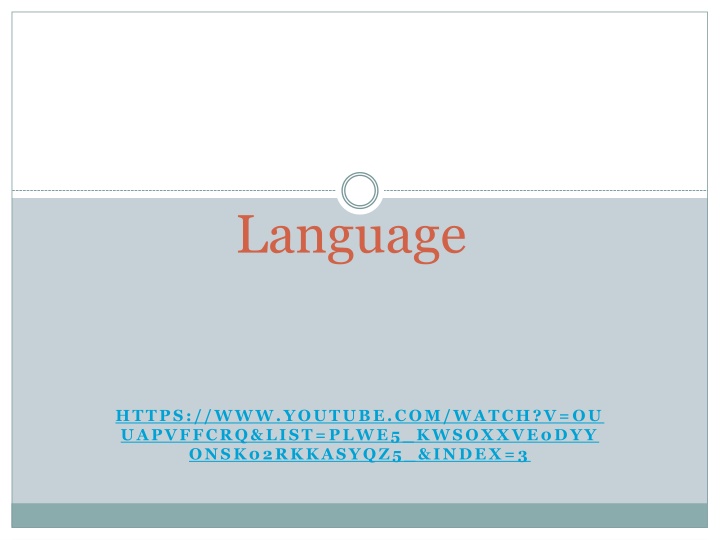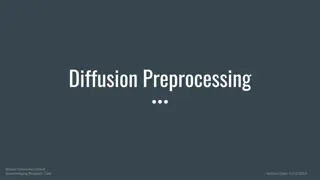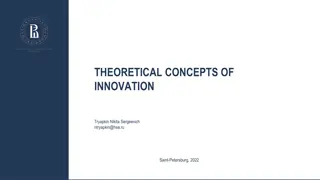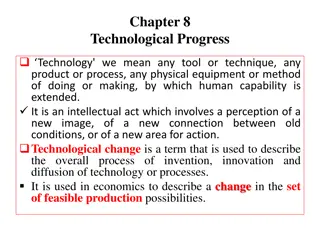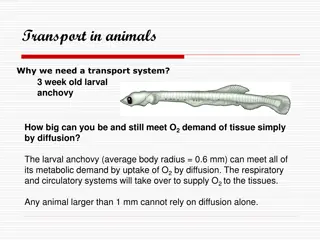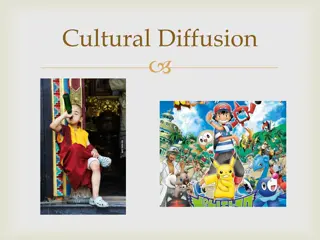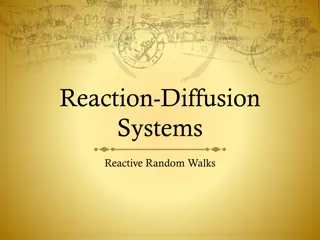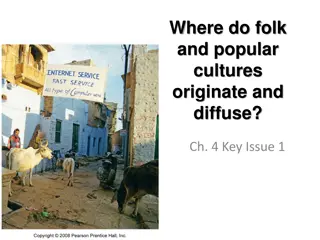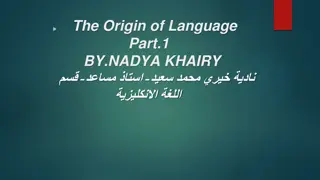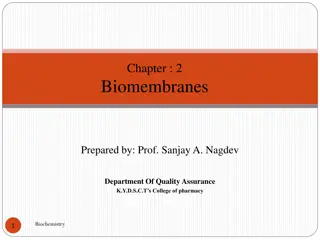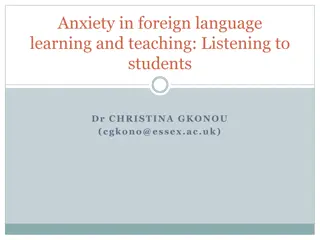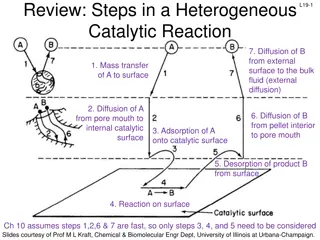Origins and Diffusion of Language
Exploring the origins and diffusion of language, from the Proto-Indo-European language to the diverse branches within the Indo-European family. Discover how language evolves, spreads, and shapes human communication.
Uploaded on Feb 27, 2025 | 1 Views
Download Presentation

Please find below an Image/Link to download the presentation.
The content on the website is provided AS IS for your information and personal use only. It may not be sold, licensed, or shared on other websites without obtaining consent from the author.If you encounter any issues during the download, it is possible that the publisher has removed the file from their server.
You are allowed to download the files provided on this website for personal or commercial use, subject to the condition that they are used lawfully. All files are the property of their respective owners.
The content on the website is provided AS IS for your information and personal use only. It may not be sold, licensed, or shared on other websites without obtaining consent from the author.
E N D
Presentation Transcript
Language HTTPS://WWW.YOUTUBE.COM/WATCH?V=OU UAPVFFCRQ&LIST=PLWE5_KWSOXXVE0DYY ONSK02RKKASYQZ5_&INDEX=3
Objectives Today we will be able to identify how language originates and diffuses
Definition of Language Sapir (1921:7) in Language: Language is a purely human and non-instinctive method of communicating ideas, emotions and desires by means of voluntarily produced symbols. Mario Pei and Frank Gaynor (1954) in A Dictionary of Linguistics: Language is a system of communication by sound, i.e., through the organs of speech and hearing, among human beings of a certain group or community, using vocal symbols possessing arbitrary conventional meanings.
Definition of Language Jack et al.(1985) in Longman Dictionary of Applied Linguistics: Language is the system of human communication by means of a structured arrangement of sounds (or their written representation) to form larger units, e.g. morphemes, words, sentences. Hadumod Bussmann (1996) in Routledge Dictionary of Language and Linguistics: Language is a vehicle for the expression or exchange of thoughts, concepts, knowledge, and information as well as the fixing and transmission of experience and knowledge. It is based on cognitive processes, subject to societal factors and subject to historical change and development.
Amy Walker https://www.youtube.com/watch?v=3UgpfSp2t6k
Indo-European Branches and Groups English is part of the Indo-European Language family Language Family a collection of languages related through a common ancestral language that existed long before recorded history. Indo-European language family has 9 branches Language Branch a collection of languages related through a common ancestral language that existed several thousand years ago that derive from the same language family Branches are divided into language groups Language Group a collection of languages within a branch that share a common origin in the relatively recent past and display relatively few differences in grammar and vocabulary Where did English come from? https://www.youtube.com/watch?v=YEaSxhcns7Y
8 Branches of Indo-European Indo-Iranian Romance Germanic Balto-Slavic Albanian Armenian Greek Celtic
Where did Indo-European Language Originate and Diffuse? Proto-Indo-European Language Diffusion Theories Proto-Indo-European Thought to be the common ancestor of all Indo-European languages. All Indo-European languages have common roots Linguists and anthropologists disagree on when and where the language originated and the process of diffusion. Nomadic Warrior Thesis vs. Sedentary Farmer Thesis.
Nomadic Warrior Thesis Marija Gimbutus The Kurgan Homeland was north of the Caspian Sea, near the present day border between Russia and Kazakhstan.
The earliest archaeological evidence of the Kurgans dates to around 4300 B.C.
According to this theory, the Kurgans may have infiltrated into Eastern Europe beginning around 4000 B.C.
The Kurgans were among the first people to domesticate horses and cattle. They migrated in search of grasslands for their animals westward through Europe and east toward Siberia, and south east to Iran and South Asia.
Between 3500 and 2500 B.C., Kurgan warriors, using their domesticated horses as weapons, conquered much of Europe and South Asia.
Indo-Iranian Diffusion Sedentary Farmer Hypothesis Language diffused through the sharing of food File:Map of fertile cresent.svg
File:Map of fertile cresent.svg Anatolia (modern day Turkey)
Western arc of Fertile Crescent came the languages of North Africa and Arabia File:Map of fertile cresent.svg
File:Map of fertile cresent.svg From the Fertile Crescent s eastern arc, ancient languages spread into present day Iran, Afghanistan, Pakistan and India. Later, they would be replaced by Indo-European languages
Nomadic Warrior Thesis vs. Sedentary Farmer Thesis Nomadic Warrior Thesis Proto-Indo-European language diffused through conquest of Europe by the Kurgans around 4300 BC Sedentary Farmer Thesis Proto-Indo-European language diffused throughout Europe and South Asia with agricultural practices rather than by military conquest.
